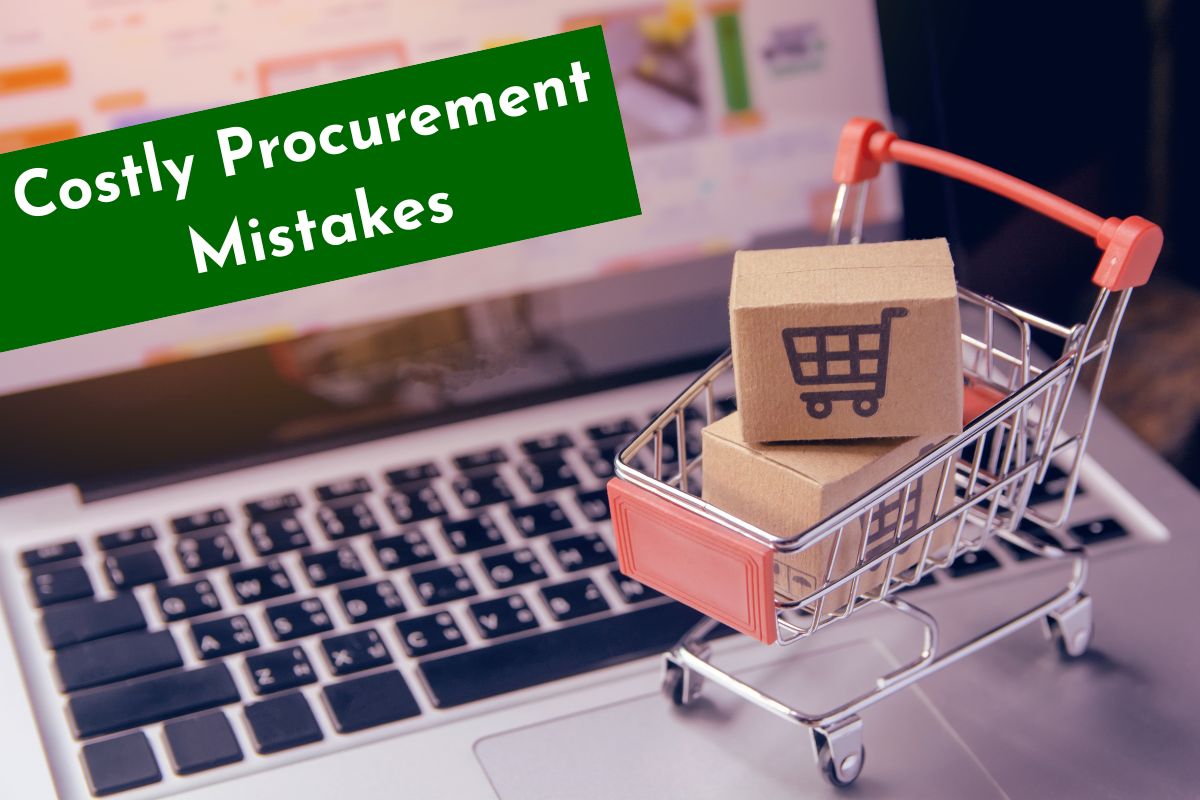Importing goods from Asia can offer European companies a significant competitive advantage—lower costs, a wide range of supplier choices, and a faster production turnaround. However, many first-time importers (and even some experienced ones) make critical errors that lead to delays, unexpected costs, or even complete project failure.
At Eurasia Consultis, we’ve seen firsthand what can go wrong—and more importantly, how to avoid it. Here are the top five mistakes European companies make when importing from Asia, and what you should do differently to protect your business.
- Choosing a Supplier Based on Price Alone
It’s tempting to go for the lowest quote—especially when margins are tight. But in Asia, “cheap” often comes with hidden costs: poor quality, missed deadlines, or unclear communication.
Better approach: Evaluate suppliers holistically. Look at production capabilities, quality assurance systems, client reviews, and factory certifications. At Eurasia Consultis, we vet each supplier personally and audit factories to ensure they meet EU standards.
- Skipping Proper Product Specifications
Vague emails and verbal agreements are a recipe for disaster. In many cases, the supplier and the buyer aren’t aligned on critical details—like materials, colors, measurements, or compliance standards.
Better approach: Create clear, written product specifications, including photos, drawings, and packaging requirements. Include international norms like CE, RoHS, or REACH compliance where necessary. Our bilingual team ensures all documents are understood by both sides.
- Ignoring Quality Control Before Shipment
One of the costliest mistakes? Receiving a full container of defective or non-conforming products. Once the goods are shipped, your options are limited.
Better approach: Always conduct quality inspections before shipping. Eurasia Consultis arranges independent checks at multiple stages—during production, final QC, and container loading—to reduce risks and avoid surprises.
- Underestimating Lead Times and Logistics
Production delays, holidays (like Chinese New Year), customs clearance, and shipping congestion can derail even well-planned timelines.
Better approach: Build in time buffers, stay updated on seasonal slowdowns, and work with a team familiar with regional logistics. We help our clients map out realistic production and shipping schedules, with backup plans in place.
- Not Understanding the True Landed Cost
The FOB price isn’t the final price. Too many European buyers forget to account for duties, shipping, insurance, inland transport, packaging, and inspection costs—leading to thin or negative margins.
Better approach: Work with a sourcing agent who helps you calculate your true landed cost, so you know exactly what you’re paying and can plan your pricing strategy accordingly.
Conclusion: Partnering with Local Experts Is Key
Asia remains one of the most dynamic sourcing regions in the world—but success depends on preparation, precision, and local insight. Avoiding these five common mistakes can save you money, time, and countless headaches.
At Eurasia Consultis, we help European companies navigate sourcing from Asia with confidence—thanks to our local presence, bilingual team, and deep supplier network.
Ready to start importing from Asia safely and efficiently? Get in touch with us today for a personalized consultation.

